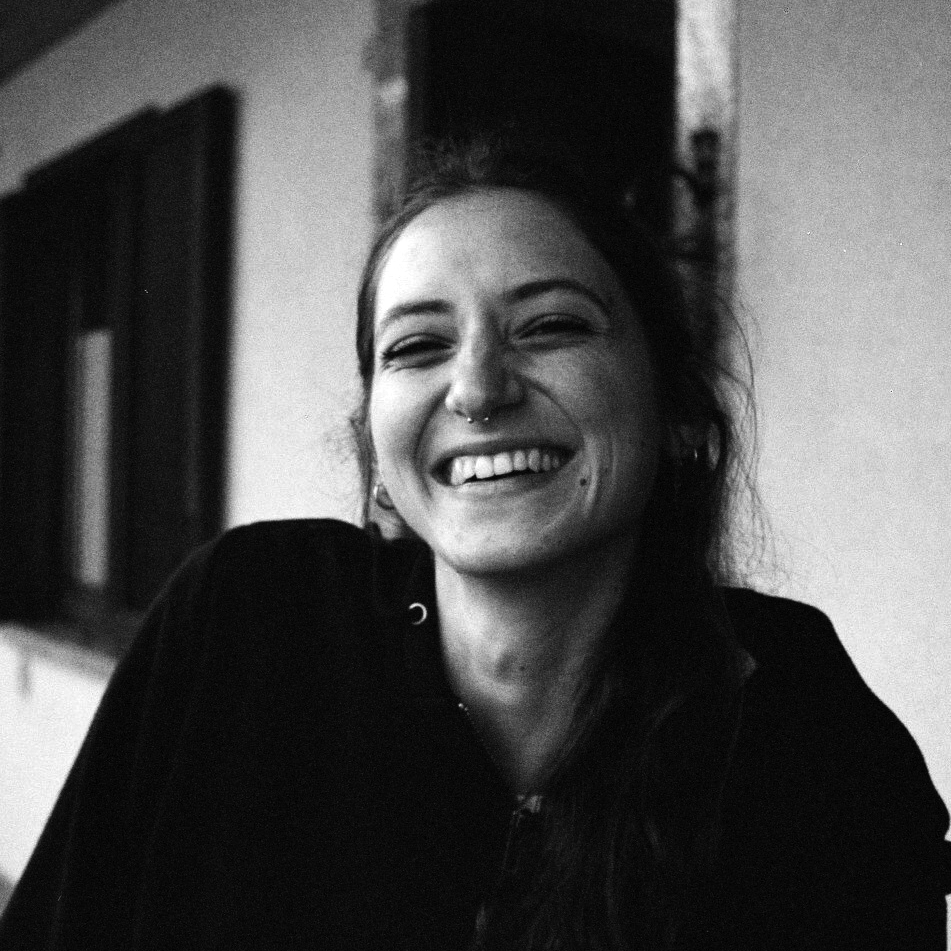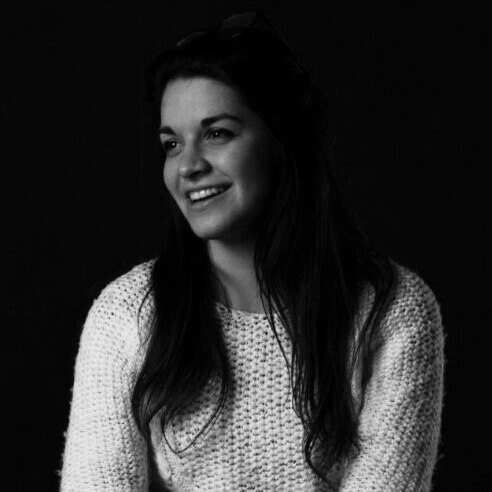#DS2.
Urban Regeneration and IoT for More Inclusive Cities
Cooperativa SOCIOSFERA, Seregno (MB)
The #DS2 workshop – Urban Regeneration and IoT for More Inclusive Cities is a design challenge launched by the Cooperativa Sociosfera of Seregno.
The Design Sprint dedicated to this E.T.S. is part of the projects of the Educational Areas, Elderly and Disabled, Psychology and Pedagogy Centers; the services involved (for example) are the Disabled Day Center, the Socio-Educational Center for people with disabilities, Elderly Centers and the school area.
In more detail, the interests expressed by Cooperativa Sociosfera in new potential design solutions (including digital ones) focused on the implementation of internal signage systems for services and urban scale developed with AAC – Augmentative and Alternative Communication to increase individual autonomy in community living places.
Adopting AAC in “public” services and spaces also requires raising awareness among contexts and third parties (e.g., merchants) on the subject, leading to the development of products and services for a wide range of recipients: in addition to end users, operators, teachers, parents, citizens, neighbourhood retailers, etc., were considered.
Designing a communication for all
The society we live in employs communicative systems that are not always capable of reaching all individuals. Communication supports, tools, and acts are designed and realized in ways that can be increasingly inclusive and accessible, especially in public spaces. However, it happens that some individuals with cognitive and/or sensory disabilities are unable to effectively engage in communication within their context.
In whatever context we find ourselves, it is necessary that the design takes into account the diversity and needs of each individual, and therefore is inclusive.
Every communicative act, particularly in public spaces, should be inclusive to avoid enacting discrimination. Today, this is achievable using a variety of diversified communication means: Braille texts, subtitled and/or sign language-translated videos, orientation maps, computer-based supports like QR codes and Beacons, etc. Third Sector Organizations also employ special communication tools and methods, including those created following the principles of Augmentative and Alternative Communication (AAC).
Communication can become truly accessible when these attentions are fully part of the planning and awareness of the community. In this way these measures will no longer be exceptions but will enter the community as habits.
Design challenges
#1. Communication Tools
Design tools, both analog and digital, capable of simplifying communication between individuals who have difficulty expressing themselves and the external world, and vice versa.
#2. Social stories
Communication solutions capable of raising awareness about the existence and usage of AAC, communication products that stably integrate AAC to make communication not only inclusive but also truly accessible.
#3. Talking spaces
Promote the ideation of integrated and effective communication systems (including multimedia) that can promote the use and understanding of AAC in public utility services (schools, hospitals, etc.), places of collective life (including private ones), and urban spaces.
The participants

Noemi Aondio
Student of the Master’s Degree Course in Social Design, NABA Milan.

Micol Buffo
Student of the Master’s Degree Course in Social Design, NABA Milan.

Isabel Castro Valencia
Product Service System Designer. Master’s Degree in Product Service System Design, Politecnico di Milano.

Sonia Djadi
Student of the Master’s Degree Course in Management and Services Design, Università di Milano Bicocca.

Beatrice Ferrari
Student of the Master’s Degree Course in Management and Services Design, Università di Milano Bicocca.

Maria Emilia Garcia
Toy Designer. Degree in Industrial Design, FADU, UBA, University of Buenos Aires, Argentina.

Francesco Gargiulo
Student of the Master’s Degree Course in Management and Services Design, Università di Milano Bicocca.

Martina Petiti
Student of the Master’s Degree Course in Social Design, NABA.

Federica Polverari
Student of the Master’s Degree Course in Social Design, NABA.

Marta Prati
Student of the Master’s Degree Course in Social Design, NABA.

Giulia Scala
Student of the Master’s Degree Course in Communication Design, Politecnico di Milano.

Elena Verzeletti
Psychologist, interests in the areas of disability, addiction and health promotion.

Karen Zamitiz Bonilla Juarez
Architect. Student of the Master’s Degree Course in Social Design, NABA.
The design solutions

InclusivaMente
AAC at the fair

MyCosmo
The connection point between my world and yours

ImmaginA!
Untold AAC stories
